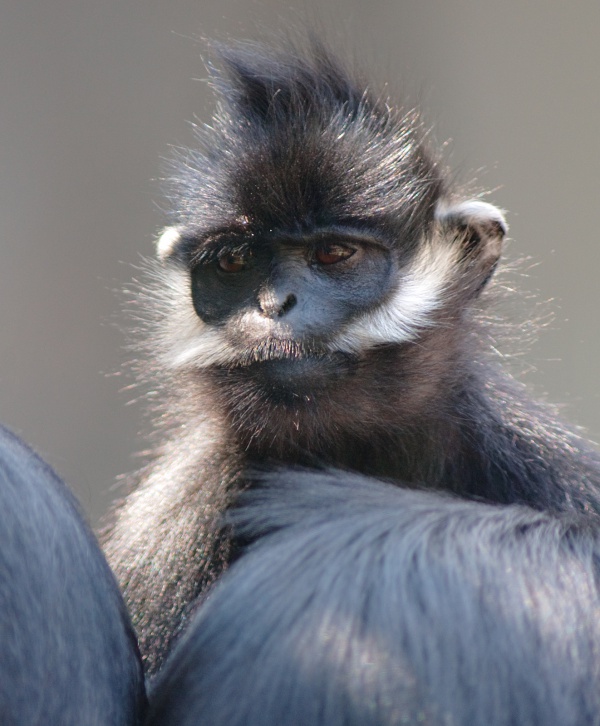Facts About Francois' (Indochinese) Langur
The François' langur, also known as the François' leaf monkey, Tonkin leaf monkey, or white side-burned black langur, is a captivating yet under-researched species of lutung. This flagship primate species resides in the verdant forests spanning from southwestern China to northeastern Vietnam. Regrettably, its wild population is dwindling, with an estimated fewer than 500 individuals in Vietnam and approximately 1,400 to 1,650 in China. The species is named after Auguste François, a French Consul in southern China, who played a role in its discovery.
Physically, the François' langur is a striking medium-sized primate, adorned with silky black fur and distinctive white sideburns. It possesses a unique four-chambered stomach to aid in the digestion of its leafy diet. Males are typically larger and heavier than females, displaying clear sexual dimorphism. Interestingly, infants are born with bright orange fur, which gradually darkens to black as they mature. The langur's digestive system includes large salivary glands and a specialized stomach to efficiently process its folivorous diet.
François' langurs are diurnal creatures, meaning they are active during the day. Their daily routine involves resting, foraging, and engaging in social activities. They live in female-led groups, with males playing no part in raising the young. Their diet mainly consists of leaves, but they also consume fruits, seeds, and other plant parts, showing a preference for certain plant species.
These langurs favor habitats with karst topography, often sleeping in caves or on rocky ledges. They are known for their cryptic behavior, becoming especially vigilant to avoid predators. The largest known group of François' langurs, comprising around 500 to 600 individuals, is found in southwest China and northern Vietnam.
Unfortunately, the François' langur population is declining due to hunting, habitat destruction, and natural predation. Conservation efforts are crucial and include proposed protection plans, stricter law enforcement against hunting, and habitat preservation initiatives. With fewer than 2,500 individuals remaining, ongoing efforts aim to safeguard this remarkable species and its natural habitat.

 Thailand
Thailand